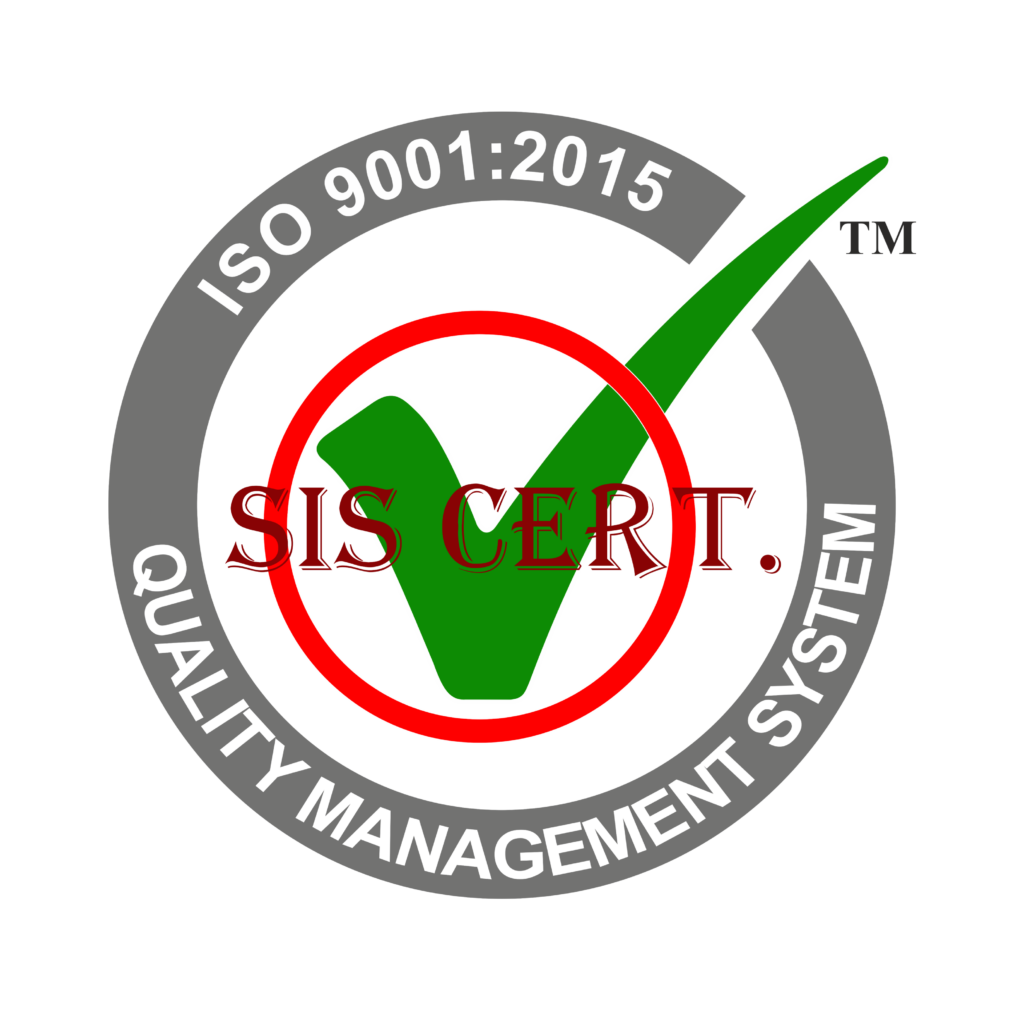The global stainless steel industry is rapidly expanding and changing. In order to stay ahead of the curve, it is important to understand the current trends, growth drivers, challenges, and potential future of the industry.
This article will explore the predictions for stainless steel industry growth, and provide an outlook for the future of the industry. It will analyze the current market, identify future trends, and provide an understanding of the challenges and opportunities that exist for those looking to capitalize on the industry’s growth.
Key Takeaways
- Rising popularity of stainless steel in construction, automotive, and food production industries is driving the growth of the global stainless steel market.
- Technological advancements and the development of lightweight, corrosion-resistant alloys are expected to further boost the use of stainless steel in industries such as automotive, aerospace, medical, and consumer goods.
- The demand for stainless steel is also increasing in energy, agriculture, and marine industries.
- Despite challenges such as the cost of raw materials and changing consumer demands, the stainless steel industry is well-positioned for continued growth due to factors like increasing demand, product innovations, and emphasis on sustainability.
Market Overview
Analyzing the global stainless steel market provides an important foundation for predicting the industry’s future expansion. To understand the context for predictions for stainless steel industry growth, it is important to outline the current trends in the global stainless steel market.
The demand for stainless steel is expected to increase significantly in the coming years due to its rising popularity in multiple end-use industries, including construction, automotive, and food production. This is further driven by its excellent properties such as corrosion resistance, durability, and ease of maintenance. Additionally, increasing disposable incomes and economic growth in developing nations are expected to increase demand for stainless steel products.
The global stainless steel market is segmented by product type, end-use industry, and region. By product type, the market is divided into austenitic, ferritic, duplex, and martensitic. The end-use industries include construction, automotive, food production, and others. By region, the market is divided into North America, Europe, Asia Pacific, Latin America, and the Middle East and Africa. Asia Pacific is expected to be the fastest-growing region, driven by the rising demand from China and India.
The stainless steel industry is expected to experience significant growth in the coming years due to its growing demand from multiple end-use industries and regions. Companies must focus on innovation and technological advancements to capitalize on this potential growth. With the right strategies, companies can take advantage of the promising opportunities in the global stainless steel market.
Future Trends
Building on the current trends in the global stainless steel market, there are several key future trends that are expected to drive the industry’s expansion.
Technological advancements such as improved production processes, automation, and the development of new alloys are likely to increase efficiency and reduce costs.
Additionally, the use of stainless steel in a variety of applications is expected to remain strong. This includes the automotive and aerospace industries, which are increasingly seeking ways to reduce weight and maximize performance.
Furthermore, the development of lightweight, corrosion-resistant alloys for applications in the medical and consumer goods industries is an area of potential growth.
Finally, the demand for stainless steel in energy, agriculture, and marine industries is expected to remain strong.
As a result, the industry is positioned to continue its growth trajectory in the coming years.
Challenges
Despite ongoing advancements in production processes, automation, and new alloys, the global stainless steel industry still faces several challenges that could limit its expansion.
Technological advancements have increased the efficiency of production, but the cost of raw materials has remained a major barrier to growth. The availability of high-quality raw materials is necessary to maintain consistent product quality, but wide fluctuations in the price of commodities have made it difficult for manufacturers to maintain consistent production costs. In addition, increasing environmental regulations have made it difficult for manufacturers to meet the demands of their customers.
Furthermore, the changing demands of consumers have posed a challenge for the industry. The need for more durable and corrosion-resistant products has meant that manufacturers must continually innovate and develop new alloys and treatments that can meet these demands. This has made it difficult for some companies to keep up with the changing trends.
Growth Drivers
Building on the challenges of the global stainless steel industry, there are a number of drivers that have contributed to its recent expansion.
For instance, the growing demand for stainless steel in the automotive, construction, and infrastructure industries is driving industry growth.
Additionally, the increasing popularity of stainless steel in electrical and medical applications is furthering industry expansion.
In addition, the rising trend of product innovations and technological advancements has enabled stainless steel companies to capitalize on new opportunities.
Furthermore, rising global population and urbanization are creating new avenues for industry expansion.
Moreover, the increasing emphasis on sustainability has led to the development of eco-friendly stainless steel products, which is expected to drive industry growth.
Finally, the increasing number of strategic partnerships between stainless steel manufacturers and service providers is expected to further stimulate industry growth.
These drivers have enabled the global stainless steel industry to experience a significant expansion in recent years.
Outlook
Looking ahead, the stainless steel industry is expected to continue its expansion due to a variety of factors. Growing demand, rising prices, and ongoing technological advancements are expected to drive the industry forward over the next few years. Global economic growth, strong demand from emerging nations, and increased investment from the private sector are just a few of the positive forces that will aid in sustaining stainless steel industry growth. Additionally, the shift towards higher quality and efficiency standards is expected to provide further impetus for the industry’s development.
Advances in production processes, such as the introduction of automation and digitalization, are also expected to help the industry’s expansion. Advanced manufacturing technologies have the potential to reduce production costs and enhance quality, allowing for greater efficiency and productivity. This is expected to drive stainless steel industry growth in both the short and long term.
The outlook for the global stainless steel industry is positive. Companies are expected to benefit from increasing demand, rising prices, and technological advancements. Moreover, the shift towards higher quality and efficiency standards should contribute to further expansion. With all these factors in play, the industry is well-positioned to sustain its growth trajectory.
Frequently Asked Questions
What Are the Environmental Impacts of the Stainless Steel Industry?
The stainless steel industry can have a range of environmental impacts, from water and air pollution to energy usage. Careful management of these impacts is essential for sustainable growth.
How Has Technology Affected the Production of Stainless Steel?
Technology has revolutionized the production of stainless steel, leading to more efficient and cost-effective methods of production. Automation and advanced manufacturing techniques have enabled the industry to reduce waste and maximize productivity.
What Efforts Are Being Made to Reduce the Cost of Stainless Steel Production?
Efforts to reduce the cost of stainless steel production include the adoption of new technology, such as automation and energy efficient processes, and the use of innovative materials and manufacturing techniques.
What New Developments Have Been Made in Stainless Steel Research?
Recent advancements in stainless steel research have included the development of new alloys, improved production methods, and increased corrosion resistance. These developments are driving innovation and paving the way for increased efficiency in the stainless steel industry.
What Are the Implications of the Growth of the Stainless Steel Industry on Global Trade?
The growth of the stainless steel industry has the potential to greatly influence global trade. It could open up new opportunities for international collaboration and create a more efficient supply chain. Furthermore, it could lead to increased competition in the industry, providing better products and services to customers.
Conclusion
The global stainless steel industry is expected to experience sustained growth due to increasing demand for hygienic and durable products.
The industry, however, faces challenges such as the high cost of raw materials and the need for advanced technological solutions.
Nevertheless, the increasing demand for stainless steel in the automotive, food processing, and medical industries are expected to act as major growth drivers in the near future.
Thus, it is likely that the global stainless steel industry will continue to expand.


